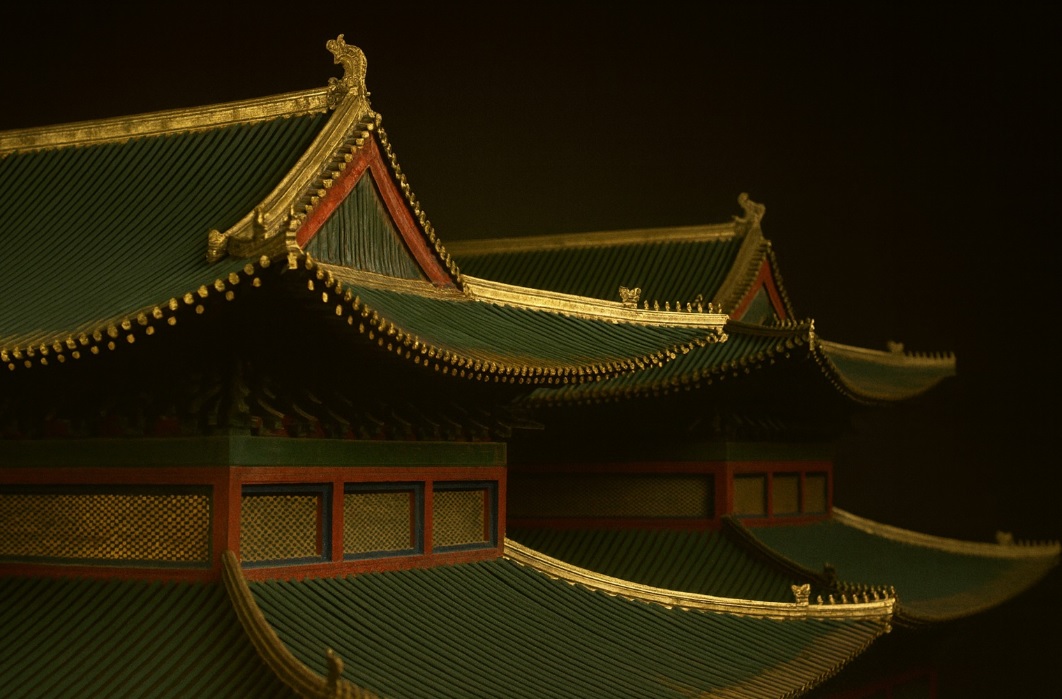*Series is held in Hebrew*
A series of meetings led by Dr. Ofir Haivry, Vice President of the Herzl Institute, Jerusalem, and Head of the Center for the Study of the Lost Tribes of Israel at Yad Izhak Ben-Zvi. The final meeting will be led by Dr. Malka Shabbati, Anthropologist and Documentary Filmmaker.
Sundays bi-weekly at 7:00 PM | A museum tour will be held before each meeting at 5:00 PM.
Series Price: 300 ILS | Single Meeting: 70 ILS
Inquiries: Call 073-2563309 or send a WhatsApp message to 03-5008080.
Program:
4.1.26
The Muslims Who Do Not Eat the Thigh Tendon: Descendants of Kaifeng Jews
For hundreds of years, a Jewish community flourished in the city of Kaifeng in northern China, on the fringes of the Silk Road. The Chinese identified the community members as Muslims, since they do not consume pork, nor do they eat the thigh tendon of beef.
With the decline of trade in the 16th century, the community severed ties with the rest of the Jewish world and gradually faded, until only seven households remained in the 19th century who preserved unique Jewish customs.
In the 20th century, descendants of the Kaifeng community returned to their heritage, despite the reservations of the Chinese authorities. In recent years, some have even made Aliyah to Israel and continue to observe unique rituals.
18.1.26
The Red Anusim and the Subbotniks: Hidden Jewish Identity in the Shadow of Communism
The Red Anusim During the Communist regime in the Soviet Union, hundreds of thousands of Jews concealed their identity, even from their own family members, due to institutional antisemitism and hostility. Two generations grew up without knowing their Jewish origin, until the 1990s, with the fall of Communism, tens of thousands of people discovered that their grandfathers or grandmothers were Jewish.
The Subbotniks Since the 18th century, Russian Christian groups adopted Jewish customs, including Shabbat observance, and were therefore called “Subbotniks.” In the 19th century, some converted to Judaism and participated in Zionist settlement in the Land of Israel, for example, the Dubrovin family in Yesod HaMa’ala. Today, Subbotnik communities still exist in Russia, many of whom seek to complete their connection to the Jewish people.
1.2.26
Bnei Menashe: Descendants of the Ten Tribes?
A short time after the establishment of the State of Israel, a letter was received in Jerusalem from a group in Eastern India describing itself as the descendants of the biblical tribe of Menashe, who were separated from the rest of the people of Israel thousands of years ago. The group belongs to two tribes speaking Tibeto-Burman languages. Among these tribes are shared tribal customs and a story of migration from the West, as well as belief in an ancestor called “Menashe.”
A small group of about 10,000 people, called the “Bnei Menashe,” sees these customs and the legend as proof of the biblical connection, but there is no unequivocal documentation from internal or external sources. Pioneers from the group converted and immigrated to Israel as early as the 1950s. Since the 1990s, thousands of Bnei Menashe have converted and immigrated to Israel with the help of the aid organizations Amishav and Shavei Israel. Today, approximately 3,000 Bnei Menashe live in Israel, with another 7,000 waiting for their Aliyah in India.
15.2.26
Not Jewish, But Wish to Be: Communities from Italy, Uganda, and Peru Who Found a Home in Judaism
The last century saw unique phenomena in Jewish history, where groups with no claim to Jewish origin fully join the Jewish people.
The Abayudaya (Uganda, since 1919) The group was founded by Semei Kakungulu, who converted to Christianity but became convinced that Judaism was the true religion. Since then, it has numbered about 2,500 people in Eastern Uganda and continues to adopt a Jewish identity today.
The Followers of Donato Manduzio (Southern Italy, 1920–1950) A small movement of believers who underwent conversion was founded in the town of San Nicandro. At its peak, it numbered several dozen members, many of whom immigrated to Israel after the war.
Bnei Moshe (Peru, since 1966) Segundo Villanueva founded a community in Trujillo, which established a village named “Hebron” in the Amazon. After initial objections, about 500 members underwent formal conversion in 1989, and many immigrated to Israel.
We will discuss the similarities and differences between the groups, why some were accepted into Israel while others were not, and we will ask: what similar groups might join us in the future?
15.3.26
Red Heifer in Ethiopia and Jewish Names in the Amazon: Are They Part of the Story? Lecturer: Dr. Malka Shabbati
A journey between two hidden Jewish communities: in Ethiopia – descendants who preserve ancient customs from the days of the Holy Temple; and in the Amazon – descendants of Moroccan immigrants who preserved a Jewish tradition for over 200 years.
In Northern Ethiopia and the Kachina neighborhood of Addis Ababa, a community operates that preserves ancient rituals to this day, such as the Red Heifer and strict Shabbat observance. How did they remain outside the waves of Aliyah? What is their status today?
Concurrently, in the heart of the Amazon, live the descendants of Moroccan Jews who immigrated there over 200 years ago. They established communities, built Jewish lives, and some still keep the family names and the tradition. What remains of their identity? Are their descendants seeking to immigrate to Israel?
We will examine the similarities and differences between these two distant communities, and the questions they raise about belonging, tradition, and Jewish memory – in the past, present, and especially the future.
